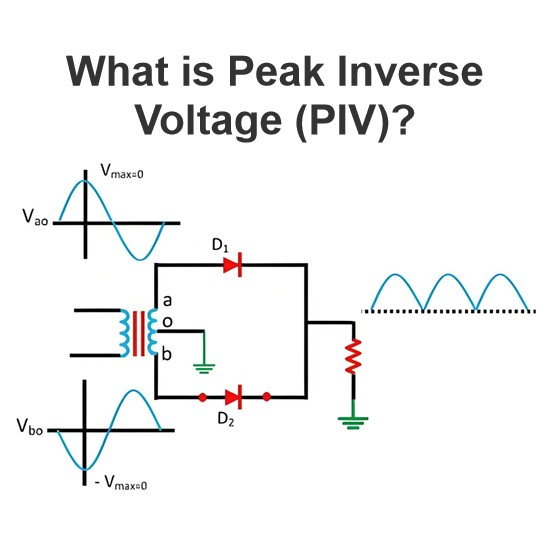Calculation process of maximum fuse load
Calculating the maximum load of a fuse usually involves determining the rated current of the fuse and the maximum allowable current of the circuit it protects.
Procedure
Determine the rated current of the circuit
First you need to know the current required by the load in the circuit when it is working normally. This can usually be found on the device's nameplate or specification sheet.
Determine the rated current of the fuse
The rated current of the fuse means that the fuse will not blow if it does not exceed the current value. In general, the rated current of the fuse should be greater than the rated current of the circuit, but not so large that it cannot provide effective protection.
Select the appropriate fuse current rating
When selecting a fuse, the following rules are generally followed:
For purely resistive loads (such as heating equipment), the rated current of the fuse is approximately 1.15 to 1.25 times the load current.
For inductive loads (such as electric motors), the rated current of the fuse is about 2 to 2.5 times the load current, because the motor will generate a large starting current when starting.
Calculated maximum load
Calculated maximum load usually refers to the maximum current allowed in the circuit without a fuse blowing. This can be calculated by the following formula:
I max=I fuse/Safety Factor
Imax is the maximum allowable current of the circuit.
Ifuse is the rated current of the fuse.
The Safety Factor is a safety factor, usually 1.15 to 1.25 (for purely resistive loads) or 2 to 2.5 (for inductive loads).
Matters needing attention
Ambient temperature: When the ambient temperature is higher, the fuse current may be reduced.
Starting current: For inductive loads (such as electric motors), the starting current may be much greater than the operating current, so a fuse with a higher current rating needs to be selected.
Load type: Different types of loads have different requirements for the selection of fuses.
Safety margin: In order to ensure higher safety, a fuse slightly larger than the calculated value is usually selected.
The Electricity Encyclopedia is dedicated to accelerating the dissemination and application of electricity knowledge and adding impetus to the development and innovation of the electricity industry.













